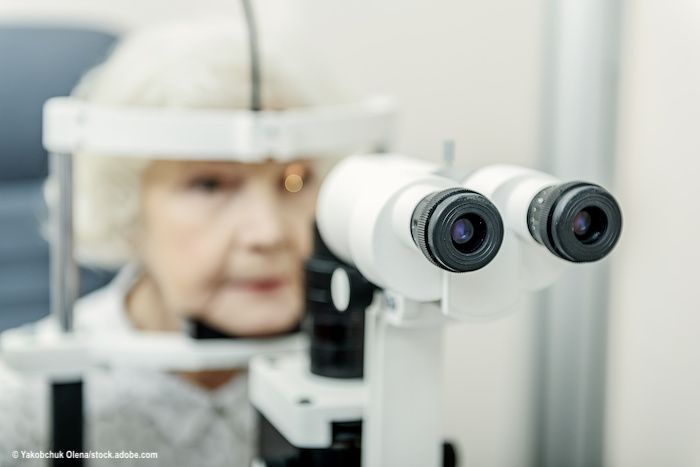Article
Study: Vision impairment declines among US seniors
Author(s):
According to a national study, serious vision issues among older Americans have dropped sharply, with the greatest improvement found among women, individuals over 85 and Black or Hispanic seniors.

A national study has found that serious vision issues among older Americans have dropped sharply, with the greatest improvement found among women, individuals over 85 and Black or Hispanic seniors.
By the year 2030, the CDC estimates that approximately 70 million Americans will be over 65 years of age, making vison loss among seniors a key health care concern, and study first author ZhiDi Deng, a pharmacy student at the University of Toronto in Canada, the implications of a reduction in vision impairment is welcome news.
“Vision problems are a major cause of age-related disability, and serious vision impairment can increase the risk of falls and fractures and undermine quality of life,” he said in a statement.
According to the study, the rate of adults 65 and older who reported serious vision impairment was at 6.6% in 2017, down from 8.3% in 2008.
Moreover, if the rates stayed at 2008 levels, nearly 850,000 additional seniors would have been facing serious vision impairment by 2017, according to results of the study published March 17 in the journal Ophthalmic Epidemiology.
There also is a monetary factor, with Deng explaining that vision impairment is costing the US economy tens of billions of dollars. According to Prevent Blindness America, the leading eye diseases affecting US seniors include age-related macular degeneration, cataracts, diabetic retinopathy and glaucoma.
According to the study, the drop in serious vision impairment was highest among individuals 85 and older, with that group seeing a 26% drop in vision problems. Those seniors from 75 to 84 years old had a 16% drop. The decline among younger seniors was lower, at 2.6%.
The rate of decline was greater among women (21%) than men (9%), according to the study. Moreover, previous studies have found that women are more likely to seek eye care than men.
The study also found that the declines vary among racial/ethnic groups, with Black, Hispanic and White seniors having reductions of 27%, 24% and 13%, respectively.
According to Deng, the gap between racial/ethnic groups could be narrowing as a result of the Affordable Care Act, with has driven up insurance coverage rates among Hispanic and Black Americans.
“While it is heartening to see the racial disparities improving over the decade, targeted outreach and improved access to affordable vision care for racialized groups is still urgently needed to effectively eliminate the gap," Deng said in the statement.
According to senior author Esme Fuller Thomson, director of the University of Toronto's Institute of Life Course and Aging, the statistics are encouraging, but it cannot be expected to continue at the same pace.
“The very small gains made by those currently aged 65 to 74 over the past decade suggest that as the Baby Boom cohort ages into their late 70s and 80s, the downward trend in the future may be much less steep than that seen from 2008 to 2017," she said in a statement.
The CDC also recommends that seniors get a dilated eye exam at least once a year to reduce the risk of irreversible vision loss and update glasses if needed.
Newsletter
Don’t miss out—get Ophthalmology Times updates on the latest clinical advancements and expert interviews, straight to your inbox.




